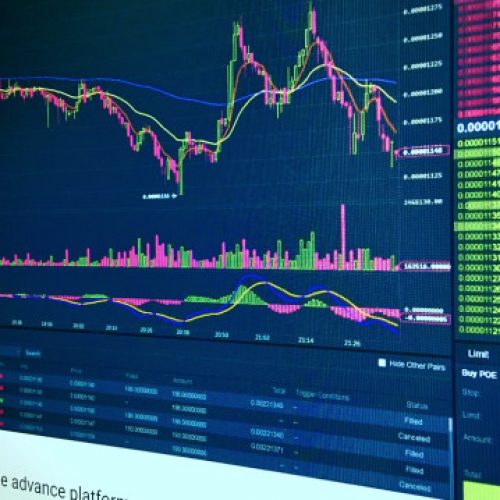Have you ever wondered how traders manage their investments in the foreign exchange market?
It is important to understand Forex trading management if you are looking to succeed in this field. This involves a set of strategies and practices that help traders make informed decisions, reduce risks, and maximize profits.
Risk management ensures that traders do not lose more than they can afford, while position sizing helps determine the amount of capital to allocate to each trade. Trade execution involves the actual buying and selling of currencies, often using advanced tools and techniques to optimize timing and efficiency.
Traders can navigate the challenges effectively by understanding its components and making informed decisions.
What is Forex Trading Management?
Forex trading management is a strategic and systemic method that you can use to handle trades during, before, and after their execution in the foreign exchange (Forex) market. Effective trading is essential to reduce losses, and maximize potential profits. It includes decision-making about entry points, position sizes, take-profit levels, and tracking trade’s progress.
8 Key Components of Forex Trade Management
1. Position Sizing
It helps determine the accurate amount of capital to allocate to a trade. Often it is a percentage of the total trading capital and is based on the trader’s strategy and risk tolerance.
2. Entry Points
Identify the favorable entry points on the basis of technical and fundamental analysis. These entry points are important in calculating the starting price of the trade.
3. Stop-Loss Orders
Setting a specific point where a trade will automatically close to limit losses. Stop-loss orders help traders manage risk by avoiding big losses.
4. Take-Profit Orders
It includes defining a specific price level at which trade will be closed. It helps traders to lock profits without any need to continuously monitor the market.
5. Trailing Stop
A dynamic stop-loss order automatically moves as the trade becomes more profitable. It helps traders secure profits while allowing the trade to keep moving.
6. Risk-Reward Ratio
Assessing the potential profit compared to the risk in a trade. A positive risk-reward ratio ensures that the potential gains are greater than the possible losses.
7. Trade Adjustments
It is about making smart decisions to adjust stop-loss or take-profit levels when new information or market changes suggest it’s necessary.
8. News and Events
Stay updated with the latest news about economic or geopolitical events, as these can influence trade.
Key Takeaway
Overall, effective Forex trading management is not about just knowing when to enter and exit trades. It also includes a strategic plan that includes risks, rewards, market conditions, and goals. Traders can make informed decisions by understanding key components and managing their investments effectively.
Also, with the advent of AI Forex trading, these components have become even more accessible and efficient. AI tools can help analyze market trends, execute trades, and manage risks with greater precision, offering traders a significant advantage. By integrating AI Forex trading strategies, you can enhance your performance and achieve financial goals more effectively.








